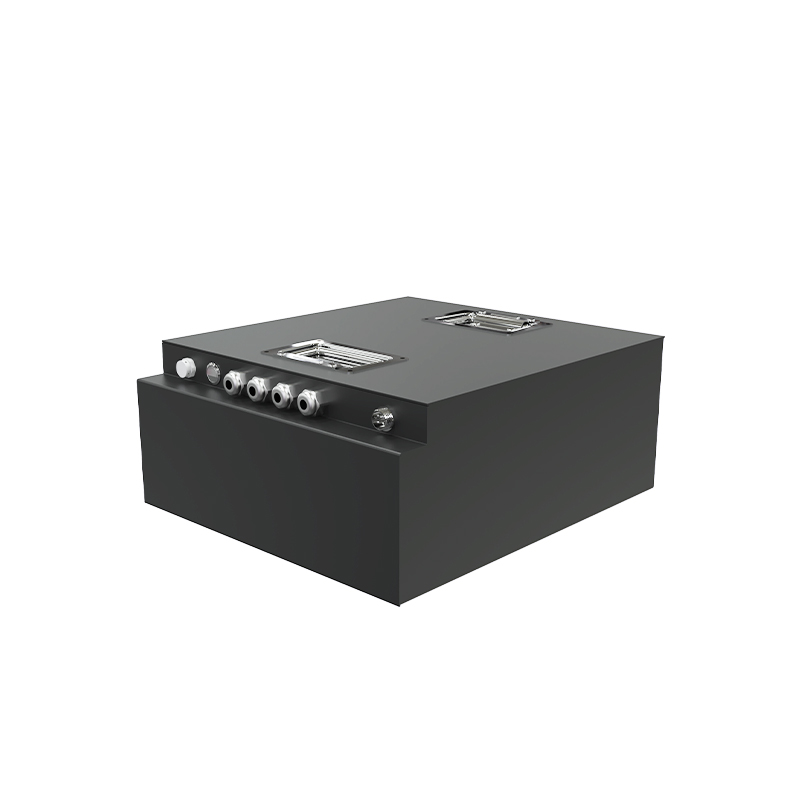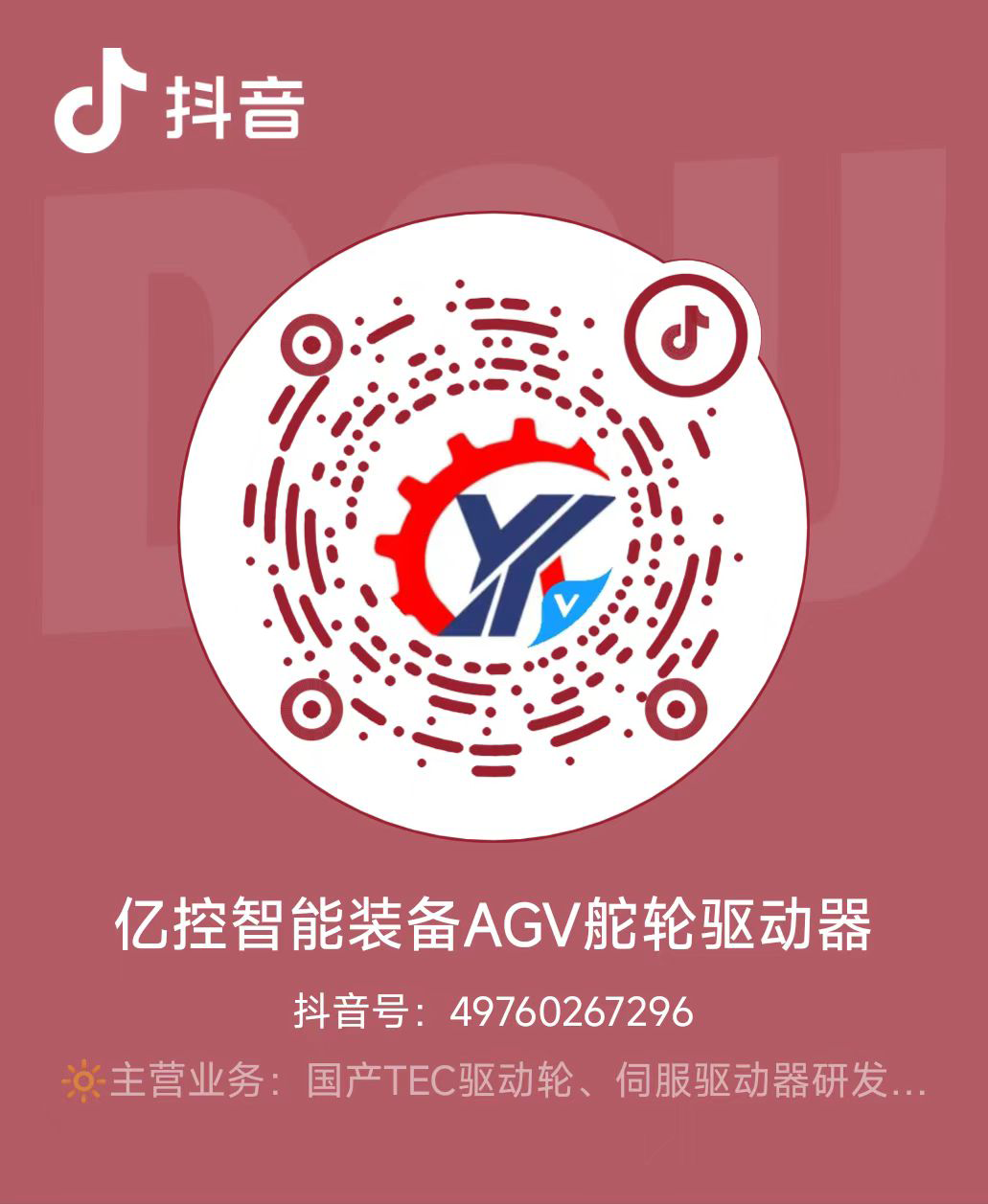Product Introduction
The lithium battery adopts advanced lithium battery technology and is specially designed for AGV in modern logistics systems. The main features include high charge/discharge efficiency, fast charging capability and excellent safety performance. Each battery undergoes rigorous quality testing to ensure stability and durability in complex working environments. These batteries have adaptable voltage capacity and current specifications to meet the needs of various AGV models.
Product application cases
EV24-60: Suitable for tractor AGV.
EV24-105: Suitable for pallet trucks under 2 tons.
EV24-210: Suitable for pallet trucks under 2 tons and stacking forklifts under 1.6 tons.
EV24-260: Perfect for 2-ton stacking forklifts.
EV24-315: Suitable for 2-ton stacking forklifts, pallet trucks over 3 tons and counterbalance forklifts.
Six quality assurances

Product parameters (specifications)
model
Voltage capacity | Current | Maximum discharge current |
|
EV24-60 | 24V 60Ah | 60A | 60A |
EV24-105 | 24V 105Ah | 80A | 160A |
EV24-210 | 24V 210Ah | 100A | 200A |
EV24-260 | 24V 260Ah | 120A | 200A |
EV24-315 | 24V 315Ah | 120A | 200A |
FAQ
There are different types of AGV batteries, such as lead-acid batteries, lithium-ion batteries, and nickel-based batteries. Lead-acid batteries range in voltage from 2 volts to 48 volts, while lithium-ion batteries range in voltage from approximately 3.6 volts to 4.2 volts per cell.
Depending on the amount of time you need to run your AGV (24/7, 1-3 shifts, or during the day), you can choose from three different battery types: lead-acid, lithium, or nickel-cadmium. Lead-acid batteries are used for AGV applications that are not too stressful.
Lithium-ion batteries have revolutionized the way we power our devices, but they come with some challenges. Overheating, slow charging, limited lifespan, and compatibility issues are the biggest challenges currently facing manufacturers and consumers.











